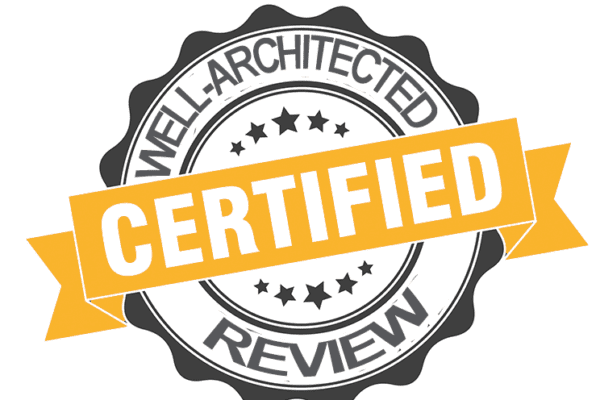As a cloud architect, one’s objectives are to create a secure, stable, and rapid infrastructure to develop applications. That is where the AWS Well-Architected Framework excels. The Framework relies on its five operational pillars, each of which provides a means to gauge environments cloud architectures to be better and scale over time. By comparing one’s workload against AWS’s best practices, one can get a good idea of what to improve to create stable and efficient systems.
Five Operational Pillars:
- Operational Excellence – concerns the continuous monitoring and improvement of processes to ensure that systems deliver great business value. Important aspects of this include setting standards for handling daily operations, quickly responding to events, and managing and automating changes.
- Security – concerns data and systems protection, focusing on confidentiality, information integrity, managing privileges, and detecting and defending systems from threats.
- Reliability – concerns the preventions of and recovery from system failures, aiming to continue operations to meet business demands.
- Performance Efficiency – concerns the efficient use of IT resources, such as selecting the right type and size for running workloads, monitoring performance, and correct decision-making to maintain efficiency as businesses change.
- Cost Optimization – concerns circumventing unnecessary costs. This focuses on analyzing and controlling costs, choosing the correct type of resources to meet demands, studying costs over time, and how to scale operations cost-effectively.
AWS is currently offering the AWS Well-Architected Tool, which is useful in analyzing and measuring one’s architecture with AWS best practices. You may find a user guide here.
The AWS Well-Architected Framework may be applied to various systems and situations.
EC2/RDS environments
The Framework advises best practices for AWS Elastic Compute Cloud and Relational Database Service, such as automated backups of your instances to preserve data integrity.
Microservices environment
The Well-Architected Framework is also applicable to Docker on AWS Elastic Container Service and AWS Fargate.
Serverless Applications
Focuses on best practices for designing, deploying and building serverless application workloads on AWS. The whitepaper discusses RESTful Microservices, Mobile back-ends, Stream Processing, and Web Applications.
IoT (Internet of Things)
The Well-Architected Framework may be applied to IoT workloads as well. Best practices for such scenarios as Device Positioning, Telemetry, Device Commands and Firmware updates are covered in this whitepaper.
HPC (High Performance Computing)
The Framework is extremely useful for creating and deploying High-Performance Computing workloads on AWS. It provides best practices for situations like Loosely Coupled/High-Throughput Computing and Tightly Coupled/High-Performance Computing.

